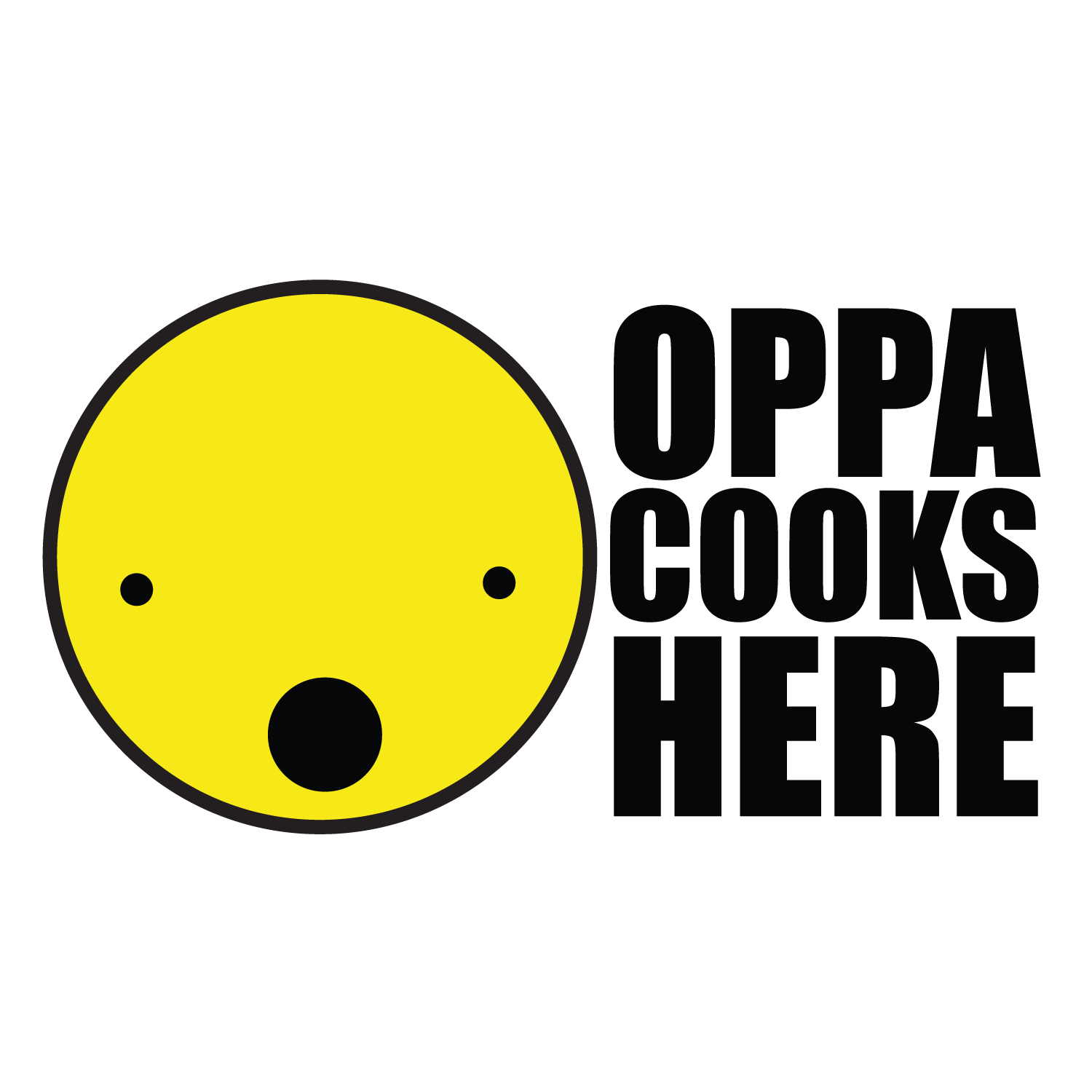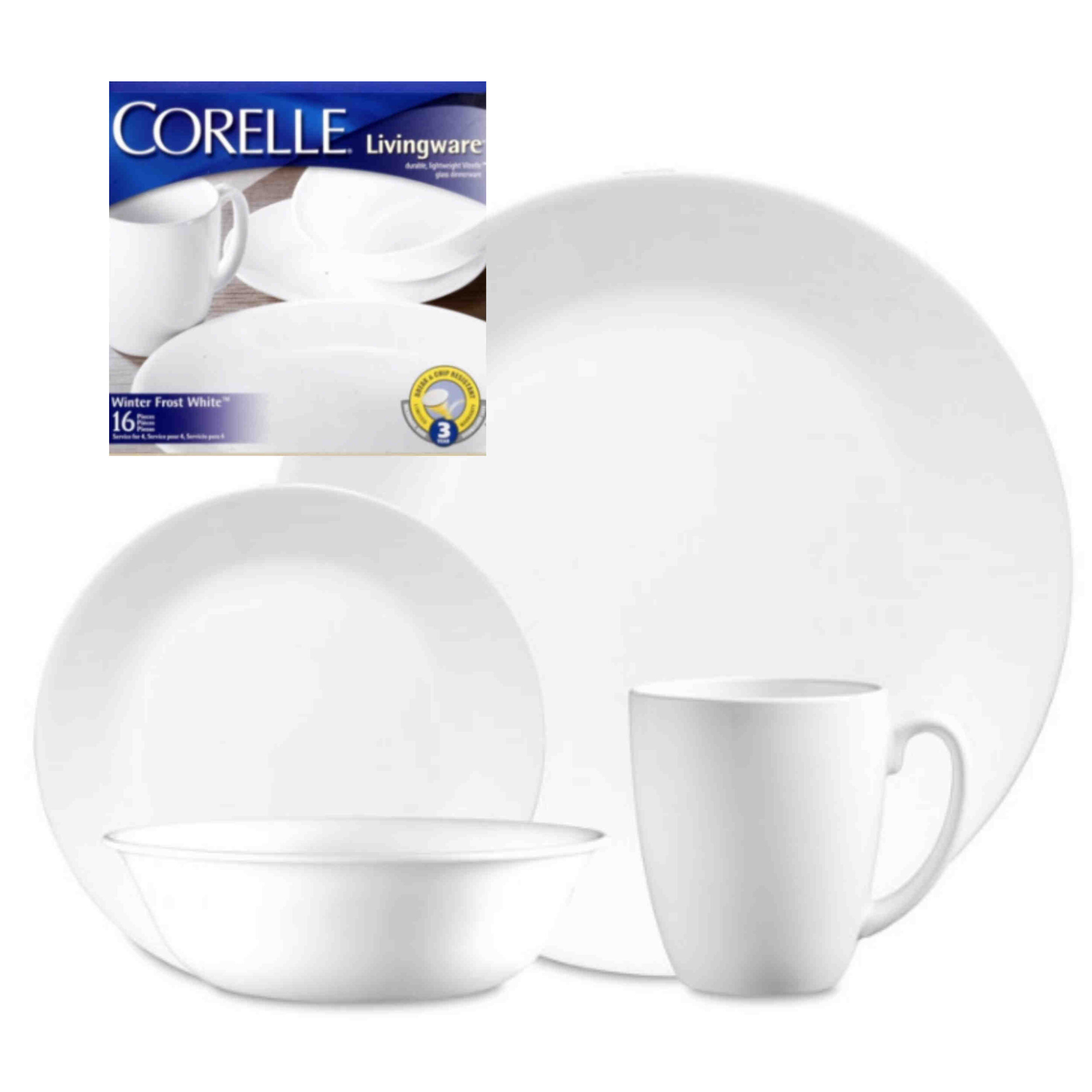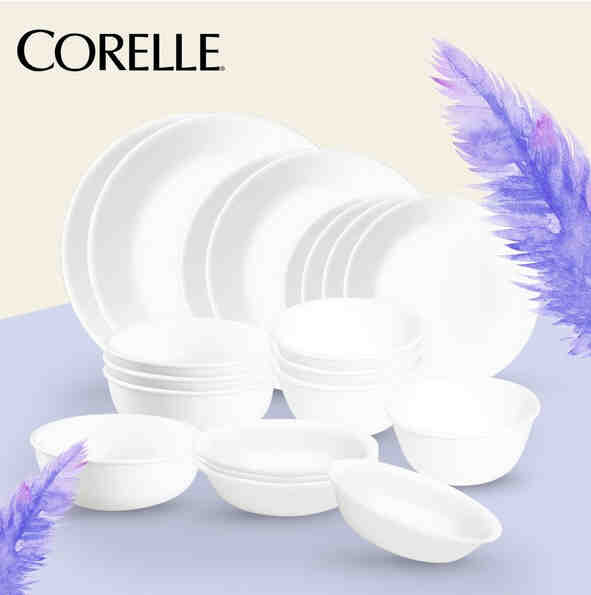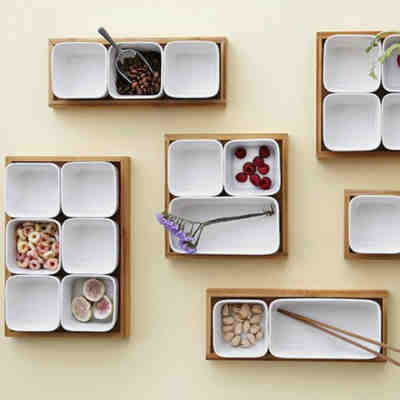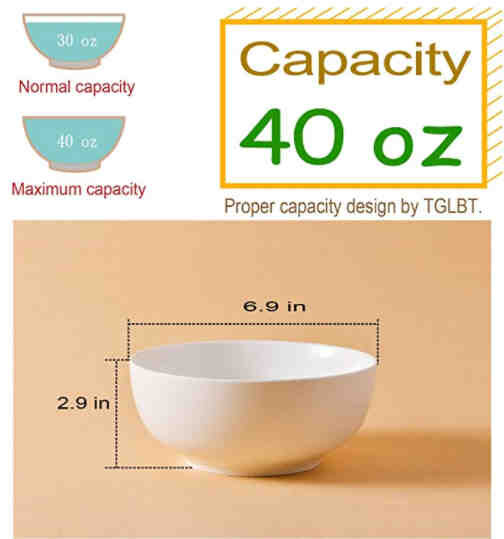Korean Tableware
typical
Keeping it simple on the daily.
What does a typical Korean meal look like?
A typical meal in a Korean home consists of rice, soup and side dishes (called Ban-Chan in Korean). There may be more banchan and a main meat or vegetarian dish. Grilled fish is often enjoyed as well. The magnitude of the dinner table is dictated by special events or the expertise and desire of a homecook to dress (the table) to impress.
This type of table-leg breaking set up is very rare in a typical Korean home (who has time to cook all this??). This kind of meal can be had at restaurants specializing in traditional Korean meals or will be created once or twice a year on big holidays (Lunar New Year “Seol-lal” or Korean Thanksgiving “Chu-Seok”) when generations of families gather together.
Korean Dinnerware
Korean dinnerware consists of more smaller pieces compared to American standards. Instead of a soup/cereal bowl, there is a smaller bowl used for rice as well as a shallower bowl for soup as there is almost always some sort of soup in a typical Korean meal. Because Korean meals include banchan (a variety of side dishes to accompany a bowl of rice), there is a need for multiple smaller dishes. Larger plates are reserved for large, shared dishes that may not always be used.
corelle dish set in north america
Winter Frost White Corelle Dish Set.
Dimensions of a standard North American tableware.
You’ve probably seen this best-selling set from the household brand, Corelle. We personally have this set at home. There are large dinner plates, smaller appetizer plates and a soup/cereal bowl. Mugs are included with this set as well.
Korean Corelle Dish Set
Korean-edition Corelle in Just White.
A typical tableware set.
You can see the Korean set has many more bowls in different sizes and less of the larger plates.
Korean Cutlery
Korean cutlery consists of a spoon and chopsticks.
North American cutlery set.
Korean cutlery consists of a spoon and chopsticks. Spoons are used to scoop up rice or soup, or to dip a spoonful of rice in soup. Chopsticks are for eating side dishes (banchan) and eating from shared main course dishes. It’s common courtesy to only touch food items you will be picking up from common use plates (banchan or a large meat dish). No scavenger hunting with chopsticks allowed.
Korean spoons have a shallower scoop and a longer handle.
Korean spoons are called SUTGARAK and pronounced “Soot-Gah-Rack”.
Stainless steel chopsticks with plastic handles.
Wooden chopsticks.
Brass spoon and chopsticks.
Korean cutlery can me made from different materials (stainless steel, precious metals, wood or plastic) and it’s really only a matter of preference or aesthetics.
Korean chopsticks are called JEOTGARAK and pronounced “Jut-Gah-Rack”.
Chopstick Rest
Spoon and chopsticks have a rest in Korea that are used so your cutlery doesn’t touch the table. You set the table with it and use it throughout the meal. They are made from all sorts of materials, and can be part of a cutlery set or purchased separately.
In Korean, you call these rests SUJEO BACHIM and it’s pronounced “Soo-Juh Bat-Chim”
What are Korean side dishes called?
Korean side dishes are called Banchan.
You pronounce it, BAHN (extend the A sound like in Autobahn, not like Ben) CHAN.
These tapas-sized dishes are accompaniments to rice. They are batch-cooked in advance and eaten throughout the week, maybe in rotations to offer variety. Having 3-5 is pretty typical- any more than that and you’re either a very enthusiastic cook or have an amazing mother (or in-law!). Or there was a banchan sale at the market.
korean side dish plates
Korean side dish (Banchan) plates are usually small dishes with a short height; Larger than dipping bowls but smaller than soup bowls. They are meant to be plated fresh before every meal (from the big batch you’ve made over the weekend) and should be served in the portion that will be finished by that meal’s end.
The smaller the banchan dish will lend itself to a certain chic table-setting look, however, keep in mind you may spend dinner constantly getting up to refill it as they really don’t hold much.
They are also an ideal size for children’s snacks or tapas-style bar snacks!
Where to buy korean tableware?
As you can see from the Korean-edition of Corelle dishes, it’s difficult to find specific sets that will be ideally suited for Korean cuisine outside of Korea. The best place to source Korean dishes is at your local Korean grocer. They will probably stock imported goods that are specific for eating Korean food at home. Otherwise, it’s a treasure hunt online and even if Korean websites ship abroad (Gmarket, talking about you), it’s difficult to navigate as it’s not very well translated.
As I mentioned, we have Corelle’s Frost White Set and find it does the job somewhat- the soup bowl is a touch too big for rice but sometimes too little for hearty soups. But it’s such a negligible difference that we’re not willing to pay import fees to buy an perfectly sized dish set.
You can mix and match with what’s most easily available (talking about you, Amazon) and create a set customized to your liking.
basic tableware for Korean food
The very basic tableware for Korean food is the rice bowl, soup bowl and side dishes. It really depends what you cook often at home.
Some people may find it beneficial to purchase a Dolsot bowl (stoneware bowl for cooking soups or heating bibimbap) but if you don’t make it that often at home, it’s a cumbersome thing to store. If you Korean BBQ often, you may want some very small dipping bowls for SSAMJANG (dips).
Korean dish sets may have bowls for Udong hot noodles, Nengmyun cold noodles, Bibim-myun mixed noodles but it’s honestly a difference of a few millimeters here and there. A basic soup bowl can sub in its place quite competently.
Rice bowl
rice bowl
Porcelain (Set of 6)
with lid
Stainless Steel rice bowls with lid (Set of 4)
Soup Bowl
soup bowl
Porcelain (Set of 4)
vacuum insulated
Stainless Steel (Set of 4)
Banchan Side Dish Plates
Porcelain
Side dish plates (Set of 6)
stainless steel
Banchan plates (Set of 4)
We prefer porcelain (honestly we have a lot of plastic right now, #toddlerlife) but some prefer metal tableware for durability and easy cleanup.
If in a budget crunch, the only extra dishes that you may gain the most benefit from when enjoying Korean food at home is to add some smaller side dishes to your set (for banchan). Otherwise, you can just make do with the cereal and soup bowls you probably already own.
